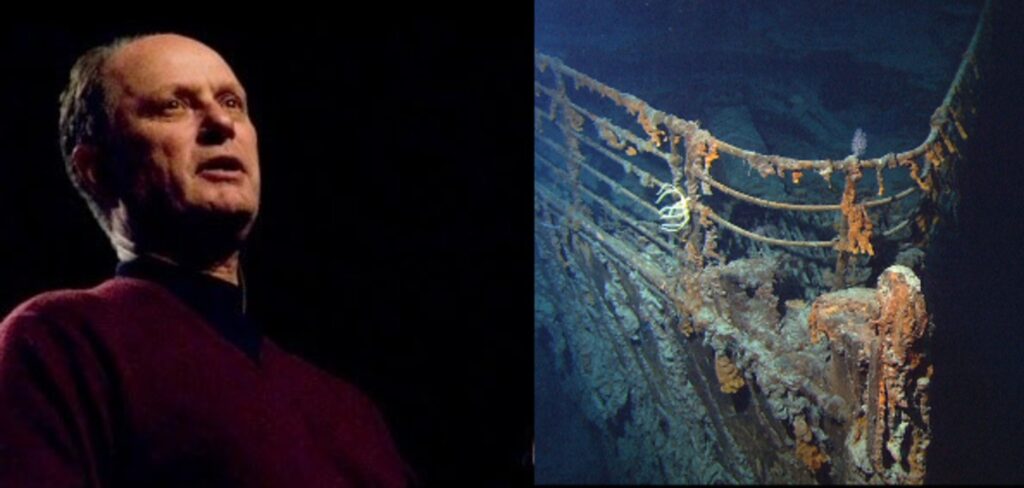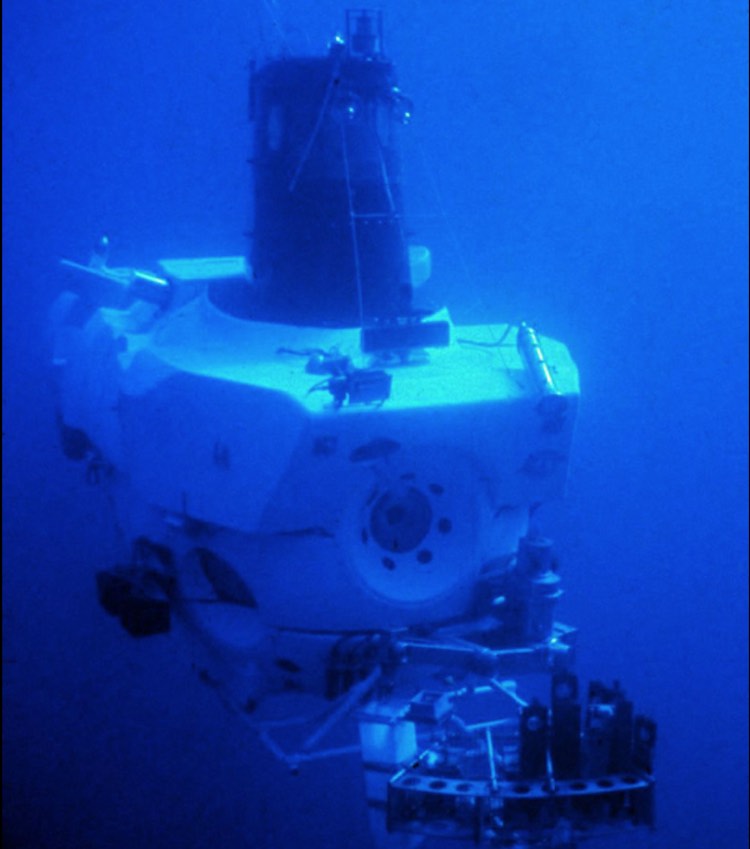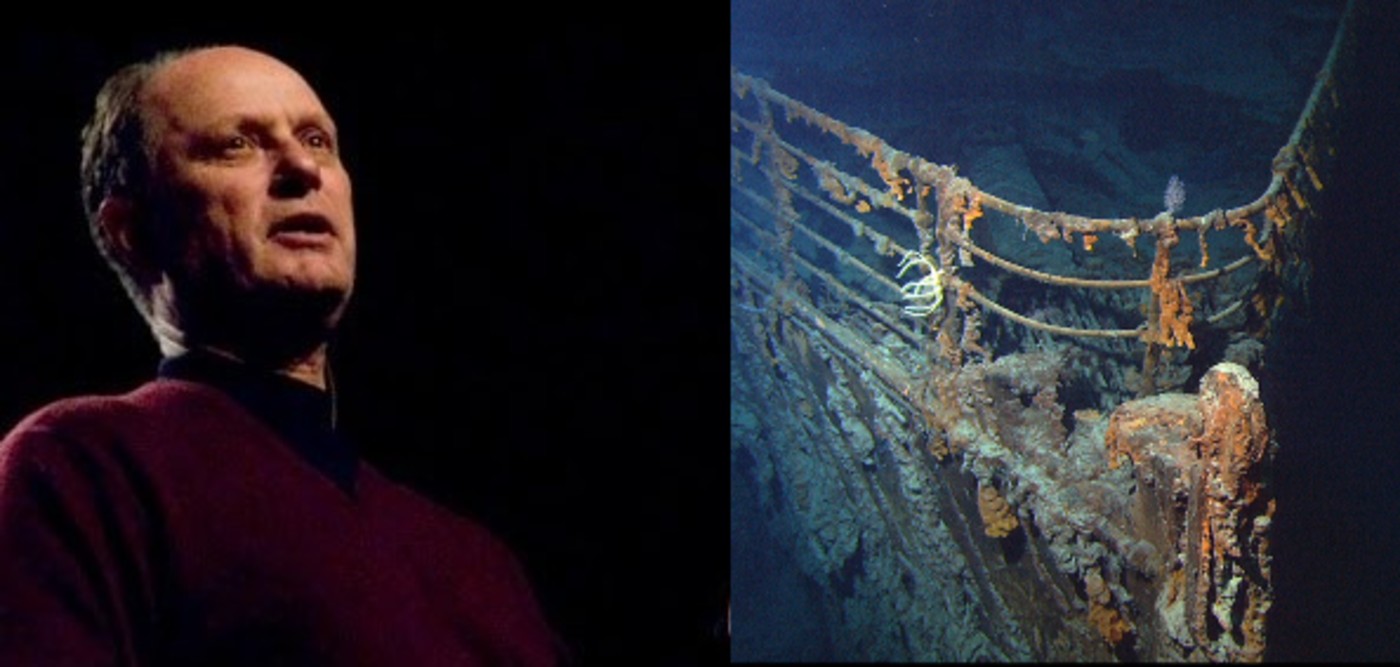
Not being able to see the world in the same way as others is often considered a drawback, but the view from a different lens can also be revelatory.
79-year-old Robert Ballard, a pioneer in underwater robotic technology, always knew he was “wired differently” than most folks, but it was only a few years ago that he learned he was dyslexic.
While he finally had an explanation for early learning issues that set him apart from his peers, the realization also went a long way toward explaining just how extraordinary his particular gift of vision was.
As National Geographic “explorer at large,” along with his ongoing robotic research at the Woods Hole Oceanographic Institution, Ballard’s milieu is literally the wide oceans of the Earth.
“I live in a world where everywhere I go is totally dark, so you have to visualize it in your mind… Dyslexics are extremely good at visualization of three-dimensional space,” Ballard told The i. “When I am at my command center… I’m able to take all of that information into my head and then form a mental image of a world of total darkness [where I’m] extremely comfortable… because I see it in my mind.”
Before discovering he was dyslexic, Ballard assumed that’s how everyone else saw the world as well, but it’s his singular ability to simultaneously assimilate vast quantities of information “eyes-on” that’s led to his greatest achievements.
Ballard is the man responsible for finding the wreck of the RMS Titanic. While it’s arguably the historic footnote he’ll be best remembered for (at least by search engines), ironically, when the discovery was made, Ballard was on a top-secret mission for the U.S. government. Searching for the storied lost liner was just his cover story.
Check Out: This Font is Designed Specifically For Dyslexia – and it Really Works
In addition to locating other notable shipwrecks—like the infamous Nazi battleship, the Bismarck, the aircraft carrier USS Yorktown, and the torpedo patrol boat last commanded by John F. Kennedy who saved his crew when it sunk during WWII—the technology spearheaded by Ballard has given us some of the most comprehensive scientific knowledge of the ocean floor to date.
Ballard’s robot denizens have plumbed the mysteries of plate tectonics and explored vast, previously uncharted undersea biomes home to creatures straight out of an Alien movie, including 13-foot worms with nightmarish gnashing teeth.

POPULAR: Entire Town Became Autism-Friendly After Every Business Agreed to Apply Four Specific Measures
Thinking outside the box of conventional maritime history, Ballard plotted a direct trading route across the Mediterranean Sea between ancient Rome and Carthage by following a trail of discarded empty wine bottles that were tossed overboard by sailors at mealtime.
None of these things, he believes, would have been possible had he not seen the world through a dyslexic’s eyes.
“I often wonder how my life would have been different had I known I was dyslexic… I think I arrived at a good spot, but I got there by a very strange route,” he told The i.
In his new autobiography, Into the Deep, Ballard chronicles his personal history and storied career, along with the very important role his dyslexia played in all that he’s accomplished.
“Everyone needs to understand that dyslexics aren’t stupid, they’re just a different kind of human being. They see the world in a very different way,” Ballard told the University of Rhode Island News. “This book is a coming-out party for my dyslexia. I’m standing on a soapbox now and saying, ‘I’m dyslexic,’ and I feel so lucky’.”
MORE: Childhood ADHD – 5 Things No One Else is Telling You
Nearing 80, Ballard is mentoring more these days, but he continues to be actively involved in new projects, including the design and implementation of a fleet of autonomous underwater vehicles (AUVs), which he says can be programmed “like a pack of hounds” to hunt the estimated 3,999,040 remaining shipwrecks (that’s minus the 60 he’s already found) languishing beneath the waves.
In addition, Ballard is partnering with National Geographic to create a program offering educational opportunities so that dyslexics who come from disadvantaged backgrounds can better achieve their full potential.
“When I was growing up, my Kansas grandmother was full of sayings, and I remember one in particular… ‘Great is the person who plants a tree knowing they will never sit in its shade.’ That’s where I am now. I’m planting trees.”
(WATCH Robert Ballard’s popular Ted Talk below.)
Inspire Anyone With Dyslexia By Sharing This on Social Media…




















